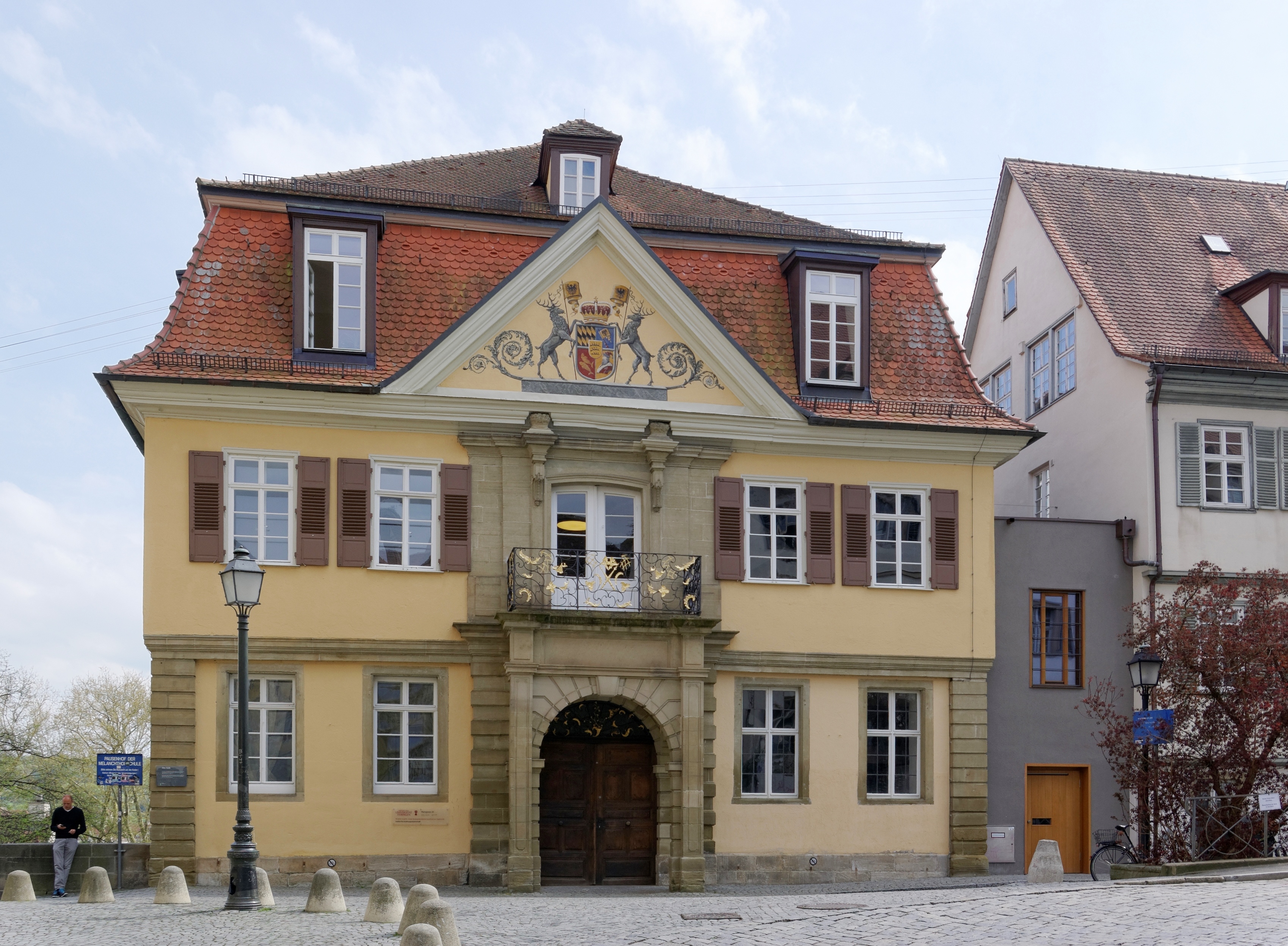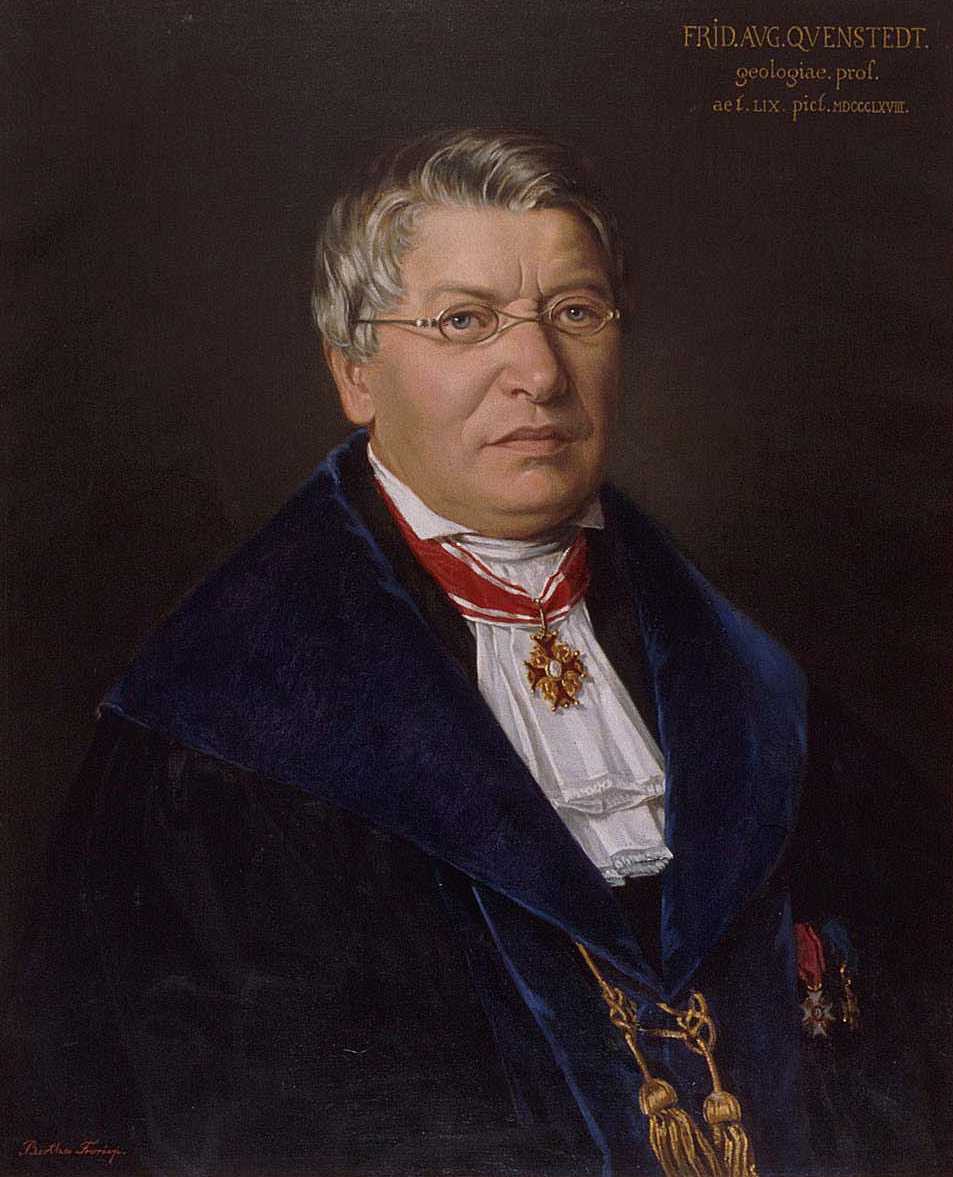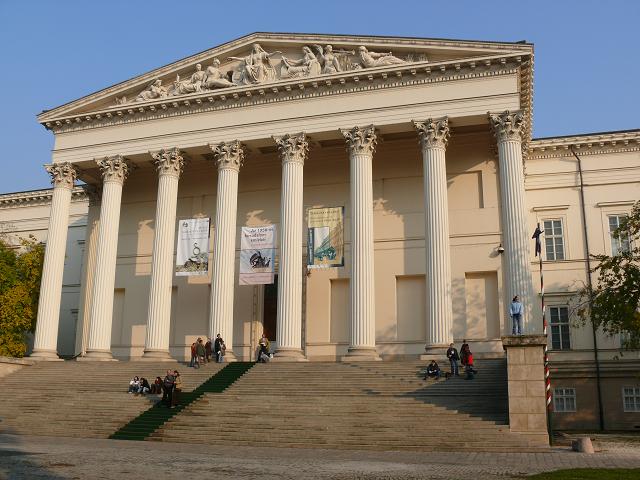|
József Sándor Krenner
József Sándor Krenner or Joseph Krenner (3 March 1839 – 6 January 1920) was a Hungarian mineralogist. He discovered several new minerals. Krenner was born in Buda and studied at the University of Pest, Vienna and Tübingen mineralogy and geology. He received his Ph.D. in 1865 for work with Friedrich August Quenstedt in Tübingen. Krenner worked in the mineralogy section of the Hungarian National Museum. From 1870 on he also lectured at the Technical University of Budapest. In 1888 he became a member of the Hungarian Academy of Science. Krenner discovered several new minerals, for example, Krennerite which he discovered in 1877 in Sacaramb, Romania. The mineral is obviously named after himself. Another mineral he discovered was Semseyite Semseyite is a rarely occurring sulfosalt mineral and is part of the class of lead antimony sulfides. It crystallizes in the monoclinic system with the chemical composition Pb9Sb8S21. The mineral forms dark gray to black aggregates. Etymolo ... [...More Info...] [...Related Items...] OR: [Wikipedia] [Google] [Baidu] |
Buda
Buda (; german: Ofen, sh-Latn-Cyrl, separator=" / ", Budim, Будим, Czech and sk, Budín, tr, Budin) was the historic capital of the Kingdom of Hungary and since 1873 has been the western part of the Hungarian capital Budapest, on the west bank of the Danube. Buda comprises a third of Budapest's total territory and is mostly wooded. Landmarks include Buda Castle, the Citadella, and the president of Hungary's residence, Sándor Palace. Etymology According to a legend recorded in chronicles from the Middle Ages, the name "Buda" comes from the name of Bleda ( hu, Buda), brother of Hunnic ruler Attila. Demographics The Buda fortress and palace were built by King Béla IV of Hungary in 1247, and were the nucleus around which the town of Buda was built, which soon gained great importance, and became in 1361 the capital of Hungary. While Pest was mostly Hungarian in the 15th century, Buda had a German majority; however according to the Hungarian Royal Treasury, ... [...More Info...] [...Related Items...] OR: [Wikipedia] [Google] [Baidu] |
University Of Pest
A university () is an institution of higher (or tertiary) education and research which awards academic degrees in several academic disciplines. Universities typically offer both undergraduate and postgraduate programs. In the United States, the designation is reserved for colleges that have a graduate school. The word ''university'' is derived from the Latin ''universitas magistrorum et scholarium'', which roughly means "community of teachers and scholars". The first universities were created in Europe by Catholic Church monks. The University of Bologna (''Università di Bologna''), founded in 1088, is the first university in the sense of: *Being a high degree-awarding institute. *Having independence from the ecclesiastic schools, although conducted by both clergy and non-clergy. *Using the word ''universitas'' (which was coined at its foundation). *Issuing secular and non-secular degrees: grammar, rhetoric, logic, theology, canon law, notarial law.Hunt Janin: "The university i ... [...More Info...] [...Related Items...] OR: [Wikipedia] [Google] [Baidu] |
University Of Vienna
The University of Vienna (german: Universität Wien) is a public research university located in Vienna, Austria. It was founded by Duke Rudolph IV in 1365 and is the oldest university in the German-speaking world. With its long and rich history, the university has developed into one of the largest universities in Europe, and also one of the most renowned, especially in the Humanities. It is associated with 21 Nobel prize winners and has been the academic home to many scholars of historical as well as of academic importance. History From the Middle Ages to the Enlightenment The university was founded on March 12, 1365, by Rudolf IV, Duke of Austria, hence the name "Alma Mater Rudolphina". After the Charles University in Prague and Jagiellonian University in Kraków, the University of Vienna is the third oldest university in Central Europe and the oldest university in the contemporary German-speaking world; it remains a question of definition as the Charles University in Prague ... [...More Info...] [...Related Items...] OR: [Wikipedia] [Google] [Baidu] |
University Of Tübingen
The University of Tübingen, officially the Eberhard Karl University of Tübingen (german: Eberhard Karls Universität Tübingen; la, Universitas Eberhardina Carolina), is a public research university located in the city of Tübingen, Baden-Württemberg, Germany. The University of Tübingen is one of eleven German Excellence Universities. The University of Tübingen is especially known as a centre for the study of plant biology, medicine, law, archeology, ancient cultures, philosophy, theology, and religious studies as well as more recently as center of excellence for artificial intelligence. The university's noted alumni include presidents, EU Commissioners, and judges of the Federal Constitutional Court. The university is associated with eleven Nobel laureates, especially in the fields of medicine and chemistry. History The University of Tübingen was founded in 1477 by Count Eberhard V (Eberhard im Bart, 1445–1496), later the first Duke of Württemberg, a civic and ... [...More Info...] [...Related Items...] OR: [Wikipedia] [Google] [Baidu] |
Friedrich August Quenstedt
Friedrich August von Quenstedt (July 10, 1809 – December 21, 1889), was a German geologist and palaeontologist. Life Von Quenstedt was born at Eisleben in Saxony, and educated at the Humboldt University of Berlin. After a period as assistant in the mineralogical museum, he was appointed associate professor (1837) and then professor (1841) of mineralogy and geognosy at the Eberhard Karls Universität Tübingen. Work His earlier work related chiefly to crystallography and mineralogy, on which subjects he published text-books that were widely used. However, he also became distinguished for his researches on palaeontology, and especially for those on the fossils of the Jurassic system. In 1845, he devised a trinomial system of nomenclature for Jurassic ammonites, which has caused some difficulty for later taxonomists.J.H. Callomon, D. T. Donovan, & M. K. Howarth "F. A. Quenstedt's Trinominal Nomenclature of Jurassic Ammonites" ''Palaeontology'' 47 (4) 1063 (2004) He investigated ... [...More Info...] [...Related Items...] OR: [Wikipedia] [Google] [Baidu] |
Hungarian National Museum
The Hungarian National Museum ( hu, Magyar Nemzeti Múzeum) was founded in 1802 and is the national museum for the history, art, and archaeology of Hungary, including areas not within Hungary's modern borders, such as Transylvania; it is not to be confused with the collection of international art in the Hungarian National Gallery. The museum is in Budapest VIII in a Neoclassical building, purpose-built during 1837–47 by the architect Mihály Pollack. History The Hungarian National Museum traces its foundation to 1802, when Count Ferenc Széchényi set up the National Széchényi Library. This would then be followed a year later by the donating of a mineral collection by Széchényi's wife. This led to the creation of the Hungarian National Museum as a general history and natural history museum, beyond being simply a library. In 1807, the Hungarian National Parliament passed legislation on the new institution and asked the nation to help donate to the museum. The Hungar ... [...More Info...] [...Related Items...] OR: [Wikipedia] [Google] [Baidu] |
Technical University Of Budapest
Technical may refer to: * Technical (vehicle), an improvised fighting vehicle * Technical analysis, a discipline for forecasting the future direction of prices through the study of past market data * Technical drawing, showing how something is constructed or functions (also known as drafting) * Technical file, set of technical drawings * Technical death metal, a subgenre of death metal that focuses on complex rhythms, riffs, and song structures * Technical foul, an infraction of the rules in basketball usually concerning unsportsmanlike non-contact behavior * Technical rehearsal for a performance, often simply referred to as a technical * Technical support, a range of services providing assistance with technology products * Vocational education, often known as technical education * Legal technicality, an aspect of law See also * Lego Technic, a line of Lego toys * Tech (other) * Technicals (other) * Technics (other) * Technique (other) * Tech ... [...More Info...] [...Related Items...] OR: [Wikipedia] [Google] [Baidu] |
Hungarian Academy Of Science
The Hungarian Academy of Sciences ( hu, Magyar Tudományos Akadémia, MTA) is the most important and prestigious learned society of Hungary. Its seat is at the bank of the Danube in Budapest, between Széchenyi rakpart and Akadémia utca. Its main responsibilities are the cultivation of science, dissemination of scientific findings, supporting research and development, and representing Hungarian science domestically and around the world. History The history of the academy began in 1825 when Count István Széchenyi offered one year's income of his estate for the purposes of a ''Learned Society'' at a district session of the Diet in Pressburg (Pozsony, present Bratislava, seat of the Hungarian Parliament at the time), and his example was followed by other delegates. Its task was specified as the development of the Hungarian language and the study and propagation of the sciences and the arts in Hungarian. It received its current name in 1845. Its central building was inaugurat ... [...More Info...] [...Related Items...] OR: [Wikipedia] [Google] [Baidu] |
Krennerite
Krennerite is an orthorhombic gold telluride mineral which can contain variable amounts of silver in the structure. The formula is AuTe2, but specimen with gold substituted by up to 24% with silver have been found ( u0.77Ag0.24e2). Both of the chemically similar gold-silver tellurides, calaverite and sylvanite, are in the monoclinic crystal system, whereas krennerite is orthorhombic. The color varies from silver-white to brass-yellow. It has a specific gravity of 8.62 and a hardness of 2.5. It occurs in high temperature, hydrothermal environments. Krennerite was discovered in 1878 near the village of Săcărâmb, Romania, and first described by the Hungarian mineralogist Joseph Krenner (1839–1920). See also *List of minerals *List of minerals named after people This is a list of minerals named after people. The chemical composition follows name. A *Abelsonite: C31H32N4Ni – American physicist Philip Hauge Abelson (1913–2004)alfred *Abswurmbachite: Cu2+Mn3+6O ... [...More Info...] [...Related Items...] OR: [Wikipedia] [Google] [Baidu] |
Semseyite
Semseyite is a rarely occurring sulfosalt mineral and is part of the class of lead antimony sulfides. It crystallizes in the monoclinic system with the chemical composition Pb9Sb8S21. The mineral forms dark gray to black aggregates. Etymology and history Semseyite was first described for an occurrence in the Felsöbánya mine in Baia Sprie, Romania in 1881 by József Sándor Krenner (1839–1920). The mineral was named after Hungarian mineralogist Andor von Semsey (1833–1923). Occurrence Semseyite forms in hydrothermal solutions at temperatures between 300 and 350 °C.Andreas Kamrath: “Geology and mineralogy of ore stores Herja” It occurs in association with |
1839 Births
Events January–March * January 2 – The first photograph of the Moon is taken, by French photographer Louis Daguerre. * January 6 – Night of the Big Wind: Ireland is struck by the most damaging cyclone in 300 years. * January 9 – The French Academy of Sciences announces the daguerreotype photography process. * January 19 – British forces capture Aden. * January 20 – Battle of Yungay: Chile defeats the Peru–Bolivian Confederation, leading to the restoration of an independent Peru. * January – The first parallax measurement of the distance to Alpha Centauri is published by Thomas Henderson. * February 11 – The University of Missouri is established, becoming the first public university west of the Mississippi River. * February 24 – William Otis receives a patent for the steam shovel. * March 5 – Longwood University is founded in Farmville, Virginia. * March 7 – Baltimore City College, the third public high school in the United States, is ... [...More Info...] [...Related Items...] OR: [Wikipedia] [Google] [Baidu] |
1920 Deaths
Nineteen or 19 may refer to: * 19 (number), the natural number following 18 and preceding 20 * one of the years 19 BC, AD 19, 1919, 2019 Films * ''19'' (film), a 2001 Japanese film * ''Nineteen'' (film), a 1987 science fiction film Music * 19 (band), a Japanese pop music duo Albums * ''19'' (Adele album), 2008 * ''19'', a 2003 album by Alsou * ''19'', a 2006 album by Evan Yo * ''19'', a 2018 album by MHD * ''19'', one half of the double album ''63/19'' by Kool A.D. * ''Number Nineteen'', a 1971 album by American jazz pianist Mal Waldron * ''XIX'' (EP), a 2019 EP by 1the9 Songs * "19" (song), a 1985 song by British musician Paul Hardcastle. * "Nineteen", a song by Bad4Good from the 1992 album ''Refugee'' * "Nineteen", a song by Karma to Burn from the 2001 album ''Almost Heathen''. * "Nineteen" (song), a 2007 song by American singer Billy Ray Cyrus. * "Nineteen", a song by Tegan and Sara from the 2007 album '' The Con''. * "XIX" (song), a 2014 song by Slipkno ... [...More Info...] [...Related Items...] OR: [Wikipedia] [Google] [Baidu] |






